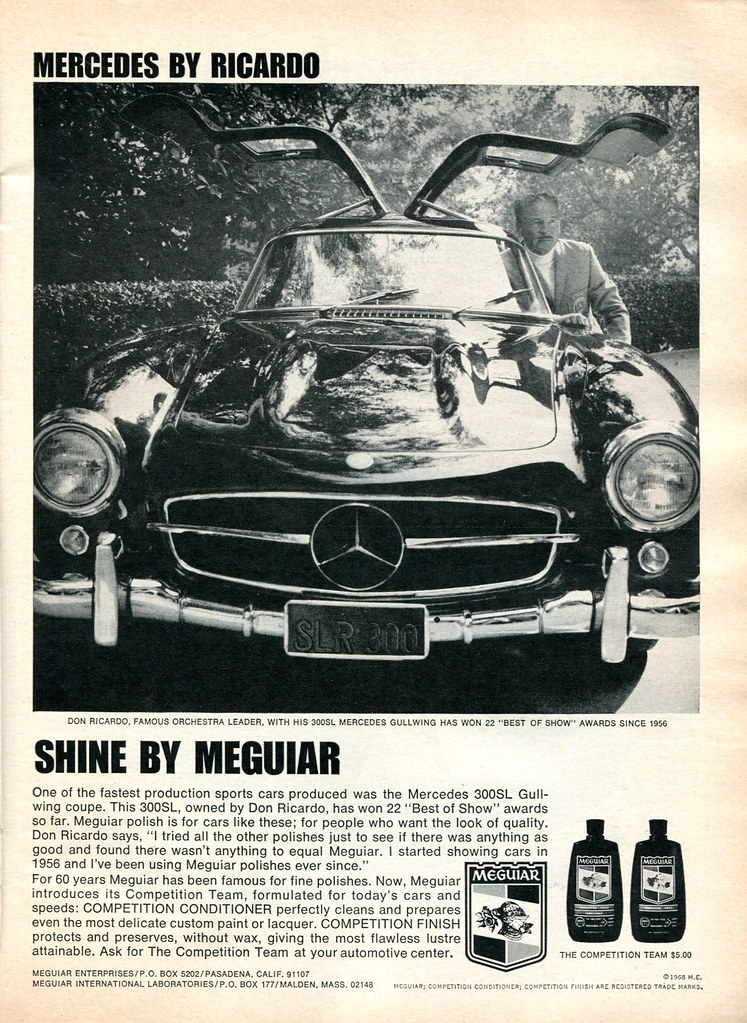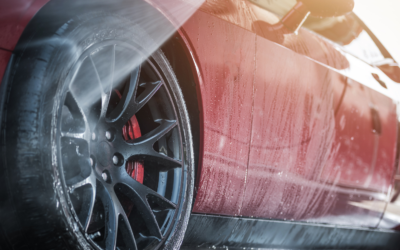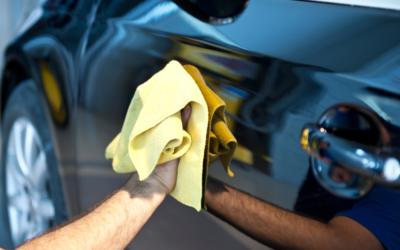Keeping your car’s exterior shiny, smooth, and protected can feel like a challenging task. Whether you’re a car enthusiast, a professional auto detailer, or a new car owner, selecting the best car wax for your vehicle can completely transform its appearance and longevity. This guide takes you through everything you need to know about car wax, including its types, applications, and benefits, as well as tips to achieve that showroom-ready finish.
By the end of this blog, you’ll learn:
- The different types of car wax like spray, paste, and liquid.
- The step-by-step process for applying car wax correctly.
- Expert recommendations for top products like Turtle Wax, Meguiar’s, and Chemical Guys.
Let’s unlock the secret to maintaining a head-turning, durable shine on your car!

What Exactly is Car Wax?
Car wax is a protective layer you apply to your car’s paint to enhance its shine and guard it against the elements. Made from natural ingredients like carnauba wax (originating from palm leaves in Brazil) or synthetic formulas, wax helps create a barrier against dirt, debris, and harmful UV rays. Think of it as sunscreen for your vehicle, but with a touch of luxury that gives your car that irresistible slick finish.
Why Should You Wax Your Car?
Before we jump into the types of car wax, it’s important to understand the benefits. Waxing your car is more than a vanity project; it provides essential protection for your vehicle’s exterior.
- Enhanced Shine: Wax makes your car’s paint shine like it just rolled out of the showroom.
- Protection from the Elements: Wax shields your car from UV rays, water damage, and grime buildup.
- Corrosion Prevention: It creates a seal over the paint, preventing oxidation and rust.
- Ease of Cleaning: A waxed surface is slicker, making it harder for dirt and debris to stick and easier to clean.
- Boosts Resale Value: A well-maintained exterior makes your car more desirable to potential buyers.
The Different Types of Car Wax
With so many options available, finding the right wax can be overwhelming. Here’s a breakdown of the three main types of car wax:
1. Spray Wax
Spray wax is perfect for beginners or when you’re short on time. It’s quick to apply and doesn’t require much elbow grease. Simply spray it onto the car’s surface, wipe it with a clean microfiber towel, and you’re done in minutes. Products like Meguiar’s Spray Wax and Chemical Guys Speed Wipe are great go-to options.
Best For:
- Quick touch-ups.
- Easy application after a car wash.
2. Paste Wax
Paste wax, like Turtle Wax Original, is a traditional favorite. It requires more time and effort to apply but offers unmatched durability and a rich, deep shine. Made with carnauba wax, it’s perfect for those looking for long-lasting results.
Best For:
- Maximum durability.
- A deep, reflective finish.
3. Liquid Wax
Liquid wax strikes a balance between spray and paste wax. It’s easier to spread than paste and lasts longer than spray wax. Products like Meguiar’s Ultimate Liquid Wax are ideal for car lovers who want a slick finish without the extra effort.
Best For:
- A combination of durability and convenience.
- All-around protection.

Top 6 Car Waxes to Consider
Here is a selection of six highly rated car wax products, each designed to cater to various needs and preferences. Click the links to learn more or purchase them directly from their official websites.
Meguiar’s Ultimate Liquid Wax
This synthetic polymer wax offers long-lasting protection, enhanced gloss, and excellent water-beading. Ideal for those seeking durability and ease of application.
Turtle Wax Super Hard Shell Paste Wax
A classic choice for strong protection and a high-gloss shine. This paste wax is known for its durability and ability to shield your car from the elements.
Chemical Guys Butter Wet Wax
Perfect for car detailing enthusiasts, this liquid wax delivers a deep, wet-looking shine. It offers easy application and natural carnauba-based protection.
P21S Carnauba Wax
Renowned for its incredible shine, this natural carnauba wax provides a smooth finish without leaving any residue. It’s great for sensitive paint finishes.
Collinite No. 845 Insulator Wax
A favorite among car enthusiasts for its exceptional durability and protection. It works well across various climates and offers an impressive shine.
Griot’s Garage Best of Show Paste Wax
Designed for show-stopping gloss, this paste wax is perfect for those who prioritize appearance. It’s loved for its deep, rich finish and quality protection.
Each of these options has unique strengths, so assess your needs to find the best car wax for your vehicle and lifestyle. Make sure to follow the application instructions to achieve the best results!
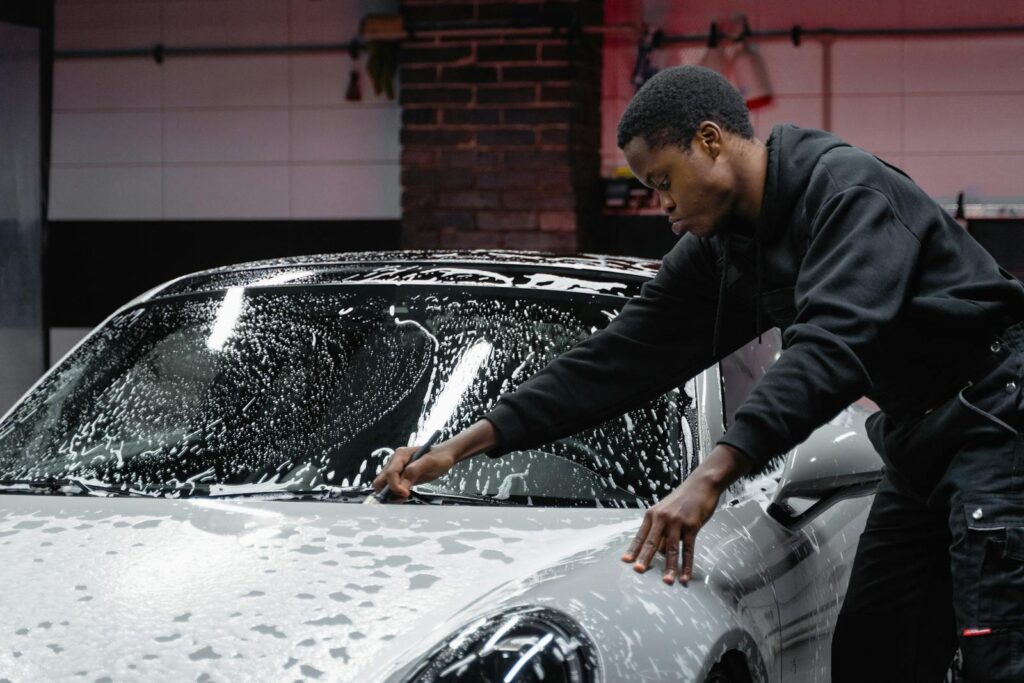
How to Apply Car Wax Like a Pro
Now that you’ve chosen your wax, it’s time to apply it correctly. Follow this simple step-by-step process to achieve a flawless and durable finish.
Step 1: Start with a Clean Vehicle
Before waxing, your car’s surface should be perfectly clean and dry. Wash your car with a high-quality shampoo to remove dirt, grime, and other debris.
- Pro Tip: Use a pH-balanced car shampoo to prevent harming the paint.
Step 2: Choose the Right Spot
Park your car in a shaded area to avoid working on a hot surface. Waxing under direct sunlight can cause the product to dry too quickly, making it harder to spread evenly.
Step 3: Apply Wax in Small Sections
Divide your car into panels (e.g., hood, doors, roof) and work on one panel at a time. For paste or liquid wax, apply a small amount to an applicator pad or microfiber towel and spread in circular motions.
- For spray wax, simply spray it directly onto the panel and wipe with clean microfiber towels.
Step 4: Allow the Wax to Set
With most waxes, you’ll need to wait for the product to haze over. This takes anywhere from 5 to 15 minutes, depending on the type of wax and the weather.
Step 5: Buff to a Brilliant Shine
Once the wax has hazed, use a soft microfiber towel to gently buff the surface in circular motions. This removes excess product and creates that slick, glossy finish.
- Pro Tip: Use a fresh towel as needed to avoid smearing leftover wax.
Step 6: Enjoy the Results
Step back and admire your hard work! Your car is now protected, shiny, and ready to turn heads on the road.
Choose the Right Car Wax
Choosing the right wax for your car is essential for achieving optimal results and safeguarding your vehicle’s paint. There are a variety of waxes available, and understanding their differences will help you make an informed decision.
Types of Wax
- Natural Carnauba Wax: Known for its deep, glossy finish, carnauba wax is a popular choice for car enthusiasts. It works particularly well on darker-colored vehicles and offers excellent protection, though it may require more frequent application.
- Synthetic Wax: Designed to last longer than natural waxes, synthetic options are ideal for those seeking durability and ease of use. They provide good protection and work well for any vehicle color.
Consider Your Climate
If you live in a hot climate with lots of sun exposure, prioritize waxes with strong UV protection. For regions with frequent rain or snow, opt for a product focused on water resistance and durability.
Ease of Application
Some waxes come in a paste form, while others are available as liquids or sprays. Paste waxes typically offer the best shine and protection but take more effort to apply. Liquid or spray waxes are faster to use, making them more convenient for routine touch-ups.
Check Manufacturer Recommendations
Reading your vehicle’s manual or consulting the wax manufacturer’s guidelines can help you ensure compatibility with your car’s paint type, avoiding potential issues with application or effectiveness.
Pro Tip: Choose a wax product based on your car’s paint type and color. For example, a black car may benefit from ceramic wax or a specialized black paint formula to avoid visible swirl marks.
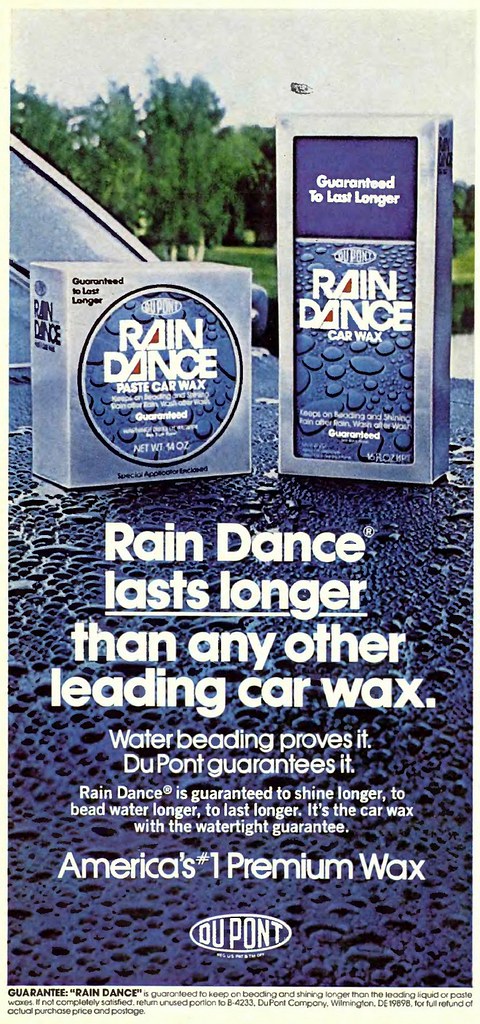
How Often Should You Wax Your Car?
The frequency of waxing depends on your driving habits, environment, and the type of wax you use. Generally:
- Spray wax can be applied every 2–4 weeks.
- Liquid or paste wax should be applied every 3–6 months.
For regions with harsh climates or regular exposure to elements like rain, snow, or strong sunlight, waxing more frequently will keep your car looking its best.
Common Waxing Mistakes to Avoid
- Using Too Much Wax: A little wax goes a long way. Apply only a light coat to avoid streaks and residue.
- Skipping the Prep Work: Always start with a clean car and smooth surface. Waxing over dirt or grime can trap contaminants, leading to scratches.
- Waxing in Direct Sunlight: This can cause the wax to dry too quickly and leave residue behind.
- Using Old or Dirty Applicators: Always use clean applicator pads and microfiber towels to avoid scratches.
A Few Post-Waxing Tips
- Reapply Wax Regularly: To maintain protection, wax your car every 2–3 months or whenever water stops beading on the surface.
- Complement with Ceramic Spray Wax: For enhanced protection and a quick touch-up, use a ceramic spray wax between regular waxing sessions.
- Protect Against UV: Park your car in shaded areas or use a car cover to extend the life of your wax and protect against UV damage.
1. What is car wax and why is it important?
Car wax is a protective coating applied to a vehicle’s exterior to enhance its shine and shield the paint from environmental damage. It helps protect against UV rays, dirt, water spots, and minor scratches, ensuring your car’s finish lasts longer and looks its best.
2. How often should I wax my car?
Generally, you should wax your car every 2-3 months, depending on the type of wax you use and the driving conditions. Some high-quality waxes can last up to 6 months, while spray waxes may require more frequent application.
3. Can car wax remove scratches or imperfections?
Car wax cannot remove deep scratches or imperfections, but it can fill in minor surface scratches and create a smoother, more even appearance. For deeper issues, consider using a scratch remover or consulting a professional.
4. What types of car wax are available?
Car waxes come in several forms, including paste, liquid, and spray. Paste waxes offer durability and shine, liquid waxes are easier to apply and remove, and spray waxes are convenient for quick touch-ups and maintenance. The choice depends on your personal preferences and needs.
5. Can I wax my car too much?
While waxing provides protection, over-waxing can lead to product buildup, which may dull the paint instead of enhancing it. Stick to a consistent schedule, and always follow the manufacturer’s recommendations for the wax you’re using.
6. Should I wax my car myself or hire a professional?
Waxing your car yourself is cost-effective and straightforward if you follow the right techniques. However, hiring a professional can save time and ensure optimal results, especially if your car’s paint is in need of deeper care or correction.
7. Is there a difference between waxing and polishing?
Yes, polishing focuses on removing imperfections and restoring the paint’s surface, while waxing adds a protective layer and shine. For best results, consider polishing your car before waxing if the paint surface requires smoothing or correction.

Fusion Car Wash
For those who want their car to look its absolute best without the hassle, car cleaning services like those offered by Fusion Car Wash are an excellent choice.
Fusion Car Wash specializes in both interior and exterior cleaning, ensuring every inch of your vehicle receives expert care.
Elevate Your Vehicle Maintenance Routine
Waxing your car isn’t just a detailing step; it’s a way to truly care for your investment. Whether you’re using a convenient spray wax or indulging in the durability of carnauba-based paste, taking the time to protect your paint will keep your vehicle looking newer, longer.
Start simple and stay consistent, and you’ll see the difference every time you hit the road. After all, a shiny, well-maintained car reflects the pride and passion of its owner.
